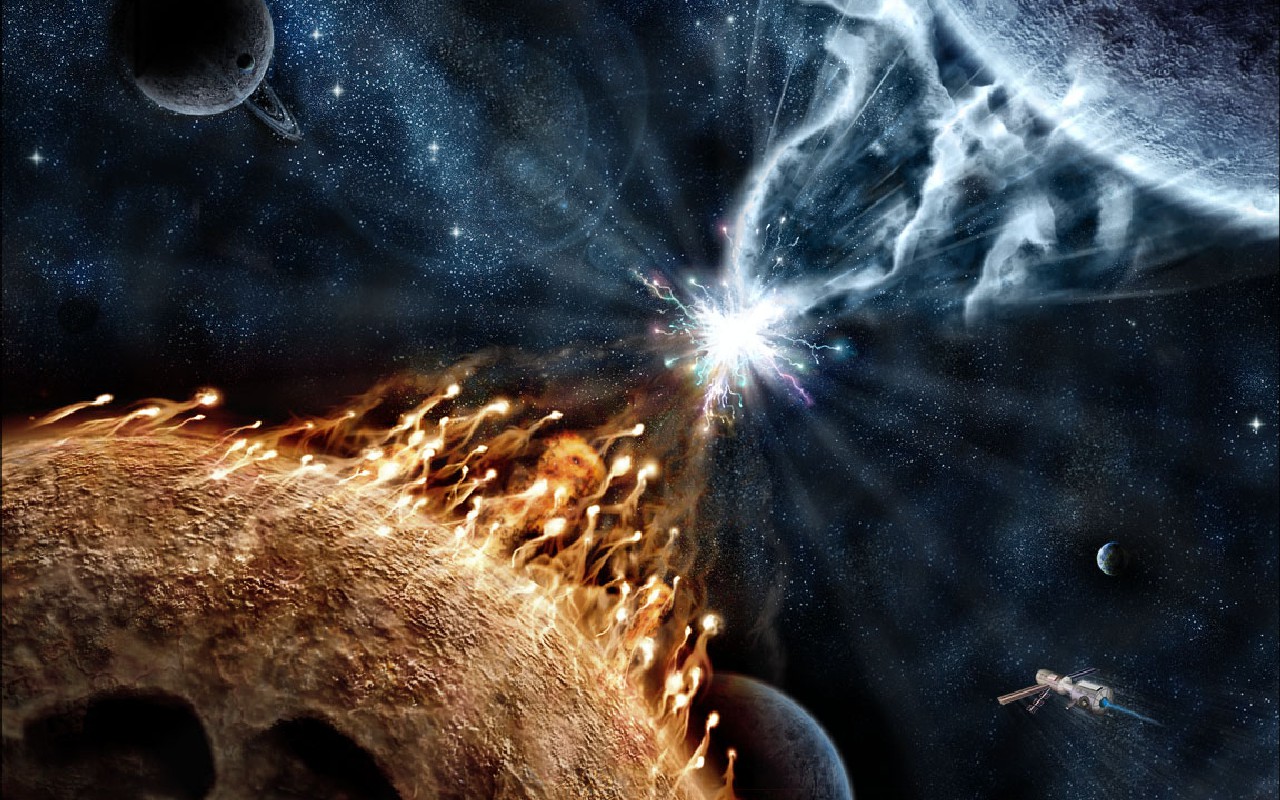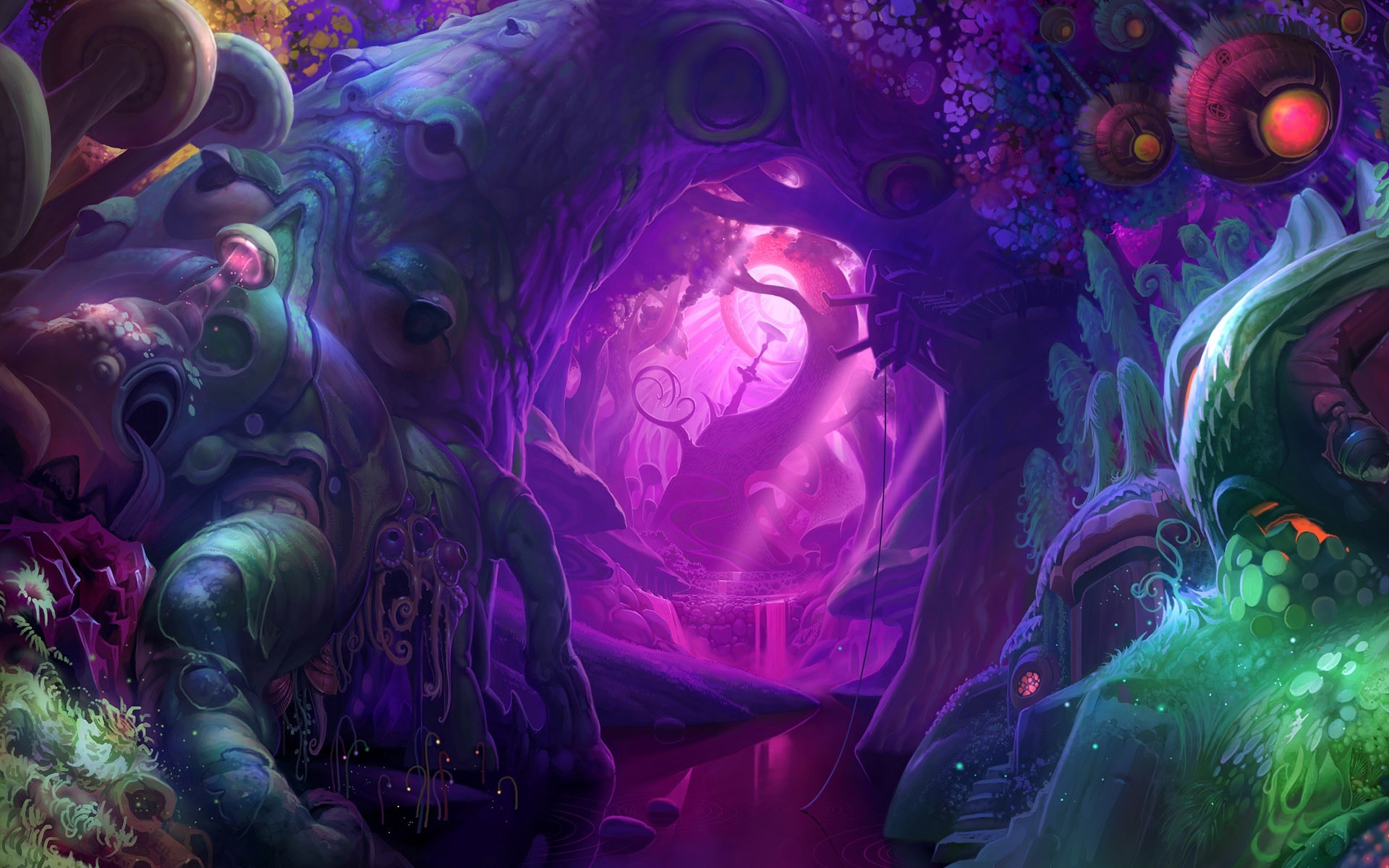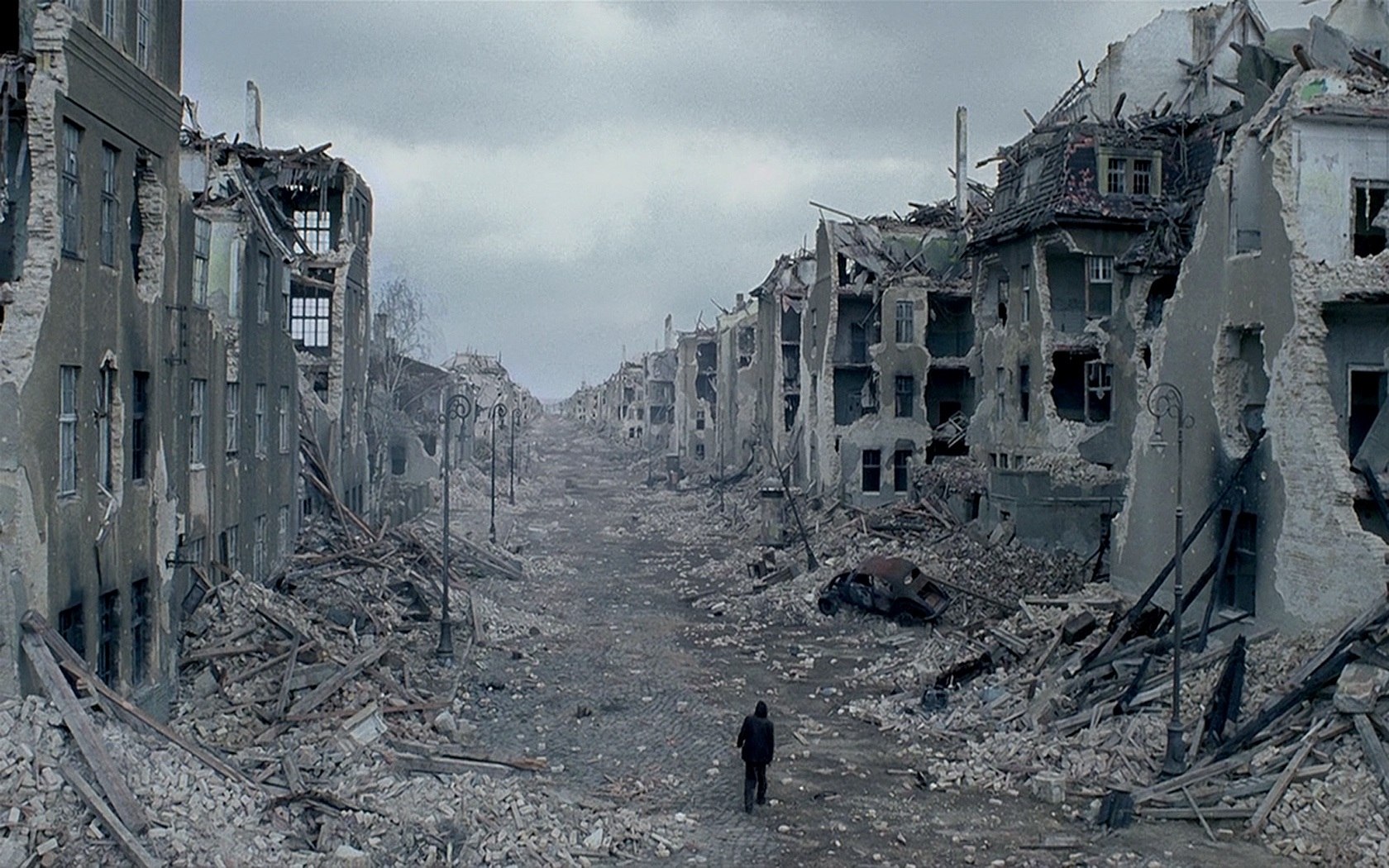Tarot cards have captivated the imagination of people for centuries, offering insights into the mysteries of life, love, and destiny. While they might seem enigmatic at first glance, delving into the world of tarot can be an immensely rewarding journey. Whether you’re drawn to their artistic beauty or intrigued by their potential to reveal hidden truths, learning to understand tarot cards can open a world of self-discovery and intuition. Here’s a beginner’s guide to help you navigate the intricate symbolism and meanings behind these fascinating cards.
Familiarize Yourself with the Deck:
The traditional tarot deck consists of 78 cards, divided into two main categories: the Major Arcana and the Minor Arcana. The Major Arcana comprises 22 cards, each representing significant life themes and archetypal energies, while the Minor Arcana consists of 56 cards divided into four suits—Cups, Pentacles, Swords, and Wands—each corresponding to different aspects of human experience.
Understand the Symbolism:
Every tarot card is rich in symbolism, with imagery and motifs that convey specific meanings and messages. Take time to study the symbols depicted on each card and consider their traditional interpretations. Symbols such as animals, elements, colours, and numbers all contribute to the card’s significance and can offer valuable insights into its interpretation.
Connect with Your Intuition:
While learning the traditional meanings of tarot cards is essential, trusting your intuition is equally important. Allow yourself to connect with the imagery and symbolism on a personal level, paying attention to your initial impressions and gut feelings when interpreting a card’s meaning. Your intuition can often provide profound insights that go beyond the standard interpretations.
Practice Regularly:
Like any skill, understanding tarot cards requires practice and dedication. Set aside time each day to work with your tarot deck, whether it’s through daily card pulls, meditation, or journaling. The more you engage with the cards, the more familiar you’ll become with their nuances and subtleties, allowing you to develop a deeper understanding of their meanings.
Explore Different Spreads:
Tarot spreads refer to the layout of cards during a reading, with each spread serving a specific purpose or addressing particular questions. Experiment with different spreads, ranging from simple three-card spreads to more complex layouts like the Celtic Cross. As you gain confidence in your abilities, feel free to create your spreads tailored to your unique needs and inquiries.
Keep an Open Mind:
Approach tarot with an open mind and a willingness to explore the unknown. Tarot cards can offer profound insights and guidance, but they’re not set in stone. Remember that the future is not predetermined, and tarot readings reflect potential outcomes based on current circumstances and energies. Embrace the fluidity of interpretation and be open to unexpected revelations along the way.
Seek Guidance and Resources:
Don’t hesitate to seek guidance from experienced tarot readers or consult reputable books and online resources to deepen your understanding. Joining tarot communities and participating in discussions can also provide valuable insights and support as you continue your journey with the cards.
Understanding tarot cards is a journey of self-discovery, intuition, and personal growth. By familiarizing yourself with the deck, embracing symbolism, and trusting your intuition, you can unlock the mysteries of the tarot and tap into its transformative power. Approach each reading with curiosity and reverence, and let the cards be your guide on the path to greater insight and understanding.




























List of common tarot cards divided into the two main categories: the Major Arcana and the Minor Arcana.
Major Arcana:
The Fool
The Magician
The High Priestess
The Empress
The emperor
The Hierophant
The Lovers
The Chariot
Strength
The Hermit
Wheel of Fortune
Justice
The Hanged Man
Death
Temperance
The Devil
The Tower
The Star
The Moon
The Sun
Judgment
The World
Minor Arcana (Suit of Cups):
Ace of Cups
Two of Cups
Three of Cups
Four of Cups
Five of Cups
Six of Cups
Seven of Cups
Eight of Cups
Nine of Cups
Ten of Cups
Page of Cups
Knight of Cups
Queen of Cups
King of Cups
Minor Arcana (Suit of Pentacles/Coins):
Ace of Pentacles
Two of Pentacles
Three of Pentacles
Four of Pentacles
Five of Pentacles
Six of Pentacles
Seven of Pentacles
Eight of Pentacles
Nine of Pentacles
Ten of Pentacles
Page of Pentacles
Knight of Pentacles
Queen of Pentacles
King of Pentacles
Minor Arcana (Suit of Swords):
Ace of Swords
Two of Swords
Three of Swords
Four of Swords
Five of Swords
Six of Swords
Seven of Swords
Eight of Swords
Nine of Swords
Ten of Swords
Page of Swords
Knight of Swords
Queen of Swords
King of Swords
Minor Arcana (Suit of Wands/Rods):
Ace of Wands
Two of Wands
Three of Wands
Four of Wands
Five of Wands
Six of Wands
Seven of Wands
Eight of Wands
Nine of Wands
Ten of Wands
Page of Wands
Knight of Wands
Queen of Wands
King of Wands
These are just some of the most common tarot cards found in traditional tarot decks. There are variations across different decks, but these cards represent the core archetypes and themes found in tarot readings.
Dealing tarot cards involves arranging them in specific configurations, known as spreads, which determine the layout and interpretation of the reading. Here are some common tarot spreads along with instructions on how to deal the cards for each configuration:
Three-Card Spread:
This simple spread is great for gaining insight into a specific situation or question.
- Shuffle the deck thoroughly while focusing on your question or intention.
- Draw three cards from the top of the deck.
- Place the first card on the left, representing the past.
- Place the second card in the middle, representing the present.
- Place the third card on the right, representing the future.
Interpret the cards in relation to the positions they occupy and their individual meanings to gain insight into the situation.
Celtic Cross Spread:
The Celtic Cross is a classic and comprehensive spread that provides a deeper understanding of various aspects of a situation or question.
- Shuffle the deck and focus on your question or intention.
- Draw ten cards from the top of the deck.
- Place the first card in the centre, representing the present situation.
- Place the second card horizontally across the first, representing the immediate challenge or obstacle.
- Place the third card above the first two, representing the subconscious influences.
- Place the fourth card to the left of the first three, representing the recent past.
- Place the fifth card to the right of the first three, representing the immediate future.
- Place the sixth card below the first three, representing the influence of the past.
- Place the seventh card in the second row, at the bottom, representing the individual’s attitude or position.
- Place the eighth card above the seventh, representing external influences.
- Place the ninth card to the left of the seventh, representing hopes and fears.
- Place the tenth card to the right of the seventh, representing the outcome or potential resolution.
Interpret each card’s position and its relationship to the other cards to gain a comprehensive understanding of the situation or question.
One-Card Daily Draw:
This spread is perfect for daily insights and reflections.
- Shuffle the deck while focusing on what you need guidance or clarity on for the day.
- Draw one card from the top of the deck.
- Reflect on the card’s meaning and how it applies to your day ahead.
This simple spread allows for quick and focused insights to start your day with intention and awareness.
Custom Spreads:
Feel free to create your spreads tailored to specific questions or situations. Experiment with different arrangements and card combinations to address your unique needs and inquiries.
Regardless of the spread you choose, remember to approach the reading with an open mind and intuition. Allow the cards to speak to you and guide your interpretation, trusting in your own insights and instincts as you explore the mysteries of the tarot.
The meanings of tarot cards can vary slightly depending on the specific deck being used and the context of the reading. However, here is a brief overview of the general meanings associated with each card in the traditional Rider-Waite-Smith tarot deck, which is one of the most widely recognized and used tarot decks:
Major Arcana:
- The Fool: New beginnings, innocence, spontaneity.
- The Magician: Manifestation, power, resourcefulness.
- The High Priestess: Intuition, mystery, subconscious mind.
- The Empress: Fertility, abundance, nurturing.
- The Emperor: Authority, structure, leadership.
- The Hierophant: Tradition, conformity, spiritual guidance.
- The Lovers: Relationships, choices, harmony.
- The Chariot: Determination, willpower, success.
- Strength: Courage, inner strength, compassion.
- The Hermit: Soul-searching, introspection, solitude.
- Wheel of Fortune: Destiny, change, luck.
- Justice: Fairness, balance, accountability.
- The Hanged Man: Surrender, sacrifice, perspective.
- Death: Transformation, endings, renewal.
- Temperance: Balance, moderation, patience.
- The Devil: Temptation, bondage, materialism.
- The Tower: Sudden change, upheaval, revelation.
- The Star: Hope, inspiration, optimism.
- The Moon: Illusion, intuition, subconscious fears.
- The Sun: Joy, success, vitality.
- Judgment: Rebirth, redemption, self-reflection.
- The World: Completion, fulfilment, wholeness.
Minor Arcana (Suit of Cups):
- Ace of Cups: New beginnings in love and emotions.
- Two of Cups: Partnership, connection, harmony.
- Three of Cups: Celebration, community, friendship.
- Four of Cups: Contemplation, apathy, discontent.
- Five of Cups: Loss, regret, disappointment.
- Six of Cups: Nostalgia, childhood memories, innocence.
- Seven of Cups: Fantasy, choices, illusion.
- Eight of Cups: Moving on, abandonment, transition.
- Nine of Cups: Satisfaction, contentment, emotional fulfillment.
- Ten of Cups: Harmony, happiness, family.
- Page, Knight, Queen, and King of Cups: Representations of different aspects of emotional intelligence, intuition, and relationships.
Minor Arcana (Suit of Pentacles/Coins):
(Similar to Cups, but focusing on material aspects such as wealth, resources, and practical matters.)
Minor Arcana (Suit of Swords):
(Focuses on intellect, challenges, and conflict.)
Minor Arcana (Suit of Wands/Rods):
(Represents inspiration, action, and creativity.)
Interpretations of the cards can deepen with practice, intuition, and an understanding of symbolism. Keep in mind that tarot readings are subjective and can vary based on the reader’s intuition and the context of the reading.
People use tarot cards for various reasons, including seeking guidance, gaining insight into situations, exploring spiritual themes, and promoting self-reflection and personal growth. Here are some common reasons why individuals choose to use tarot cards:
Insight and Guidance: Tarot cards are often used as a tool for gaining insight and guidance into various aspects of life, including relationships, career, health, and personal development. The symbolism and imagery on the cards can provide a framework for understanding current circumstances and potential future outcomes.
Self-Reflection: Tarot readings can facilitate self-reflection by prompting individuals to consider their thoughts, feelings, and actions in relation to the messages conveyed by the cards. This introspective process can lead to greater self-awareness and personal growth.
Decision-Making: Tarot cards can be used as a tool for decision-making, helping individuals weigh options, clarify goals, and explore potential consequences. By examining different aspects of a situation through a tarot reading, individuals may gain clarity and confidence in making choices aligned with their values and intentions.
Spiritual Exploration: For many people, tarot cards are a means of exploring spiritual and metaphysical concepts, such as the interconnectedness of all things, the existence of higher powers or energies, and the mysteries of the universe. Tarot readings can serve as a spiritual practice that deepens one’s connection to the divine or to higher levels of consciousness.
Creative Inspiration: Tarot cards can spark creativity and imagination, serving as a source of inspiration for writers, artists, and other creative individuals. The rich symbolism and archetypal imagery of the cards can stimulate the imagination and provide fertile ground for artistic expression.
Healing and Empowerment: Tarot readings can be a source of healing and empowerment, offering individuals validation, encouragement, and a sense of agency in navigating life’s challenges. By tapping into the wisdom of the cards, individuals may find strength, resilience, and hope in the face of adversity.
Community and Connection: Tarot cards can foster community and connection among like-minded individuals who share an interest in spirituality, metaphysics, and self-discovery. Tarot readings can be a way to bond with others, share insights, and support one another on the journey of personal and spiritual growth.
Overall, people use tarot cards for a variety of reasons, each unique to their individual needs, interests, and beliefs. Whether seeking guidance, fostering self-reflection, or exploring spiritual themes, tarot cards can be a versatile tool for empowerment, insight, and transformation.





 Like
Like LOVE
LOVE Win
Win Cute
Cute LOL
LOL OMG
OMG WTF
WTF Fail
Fail







